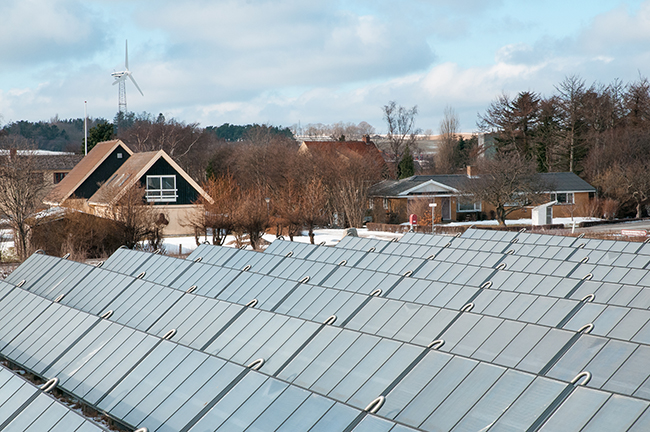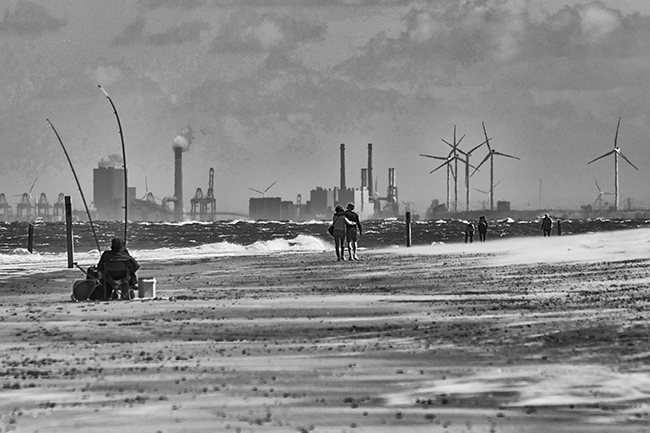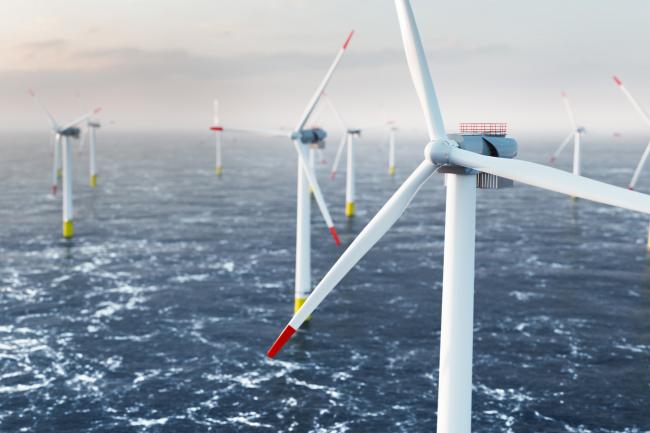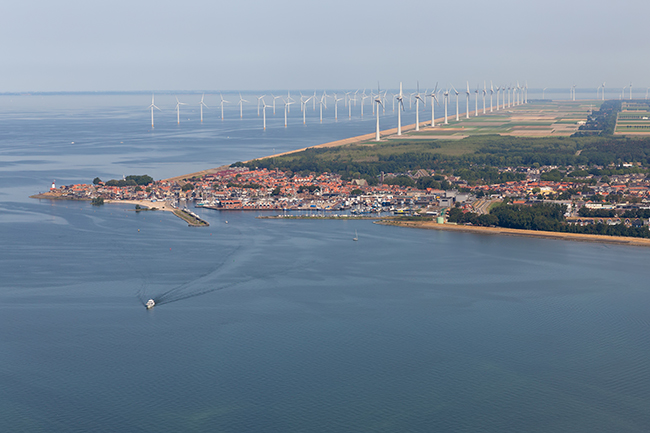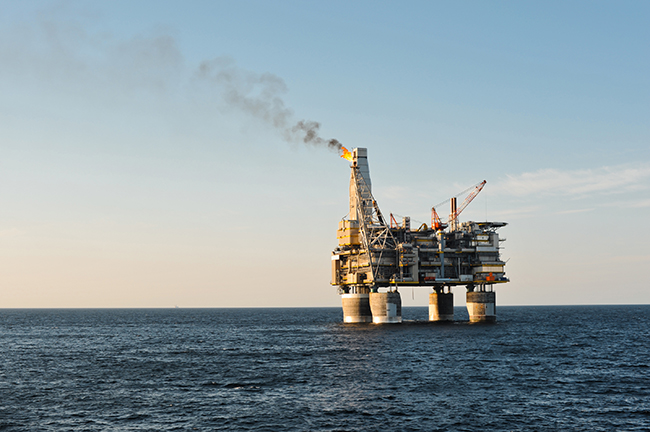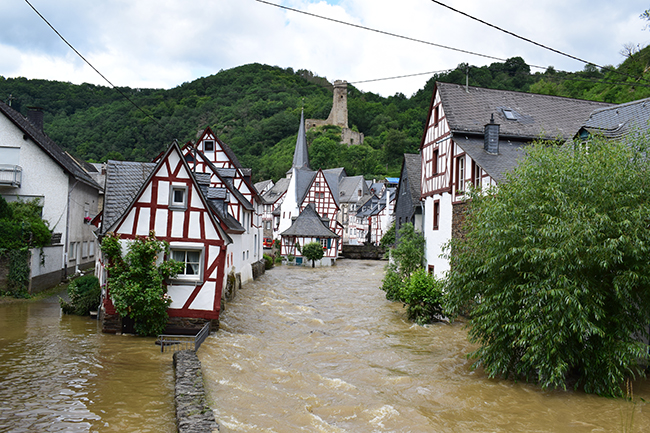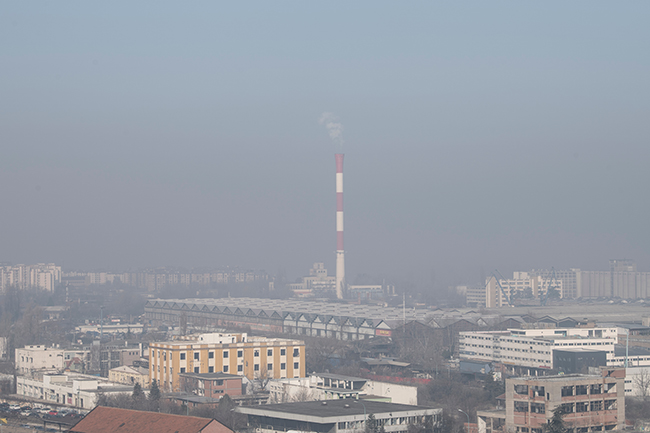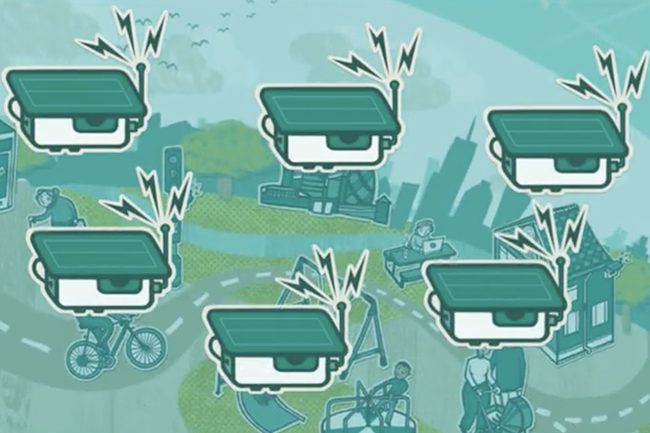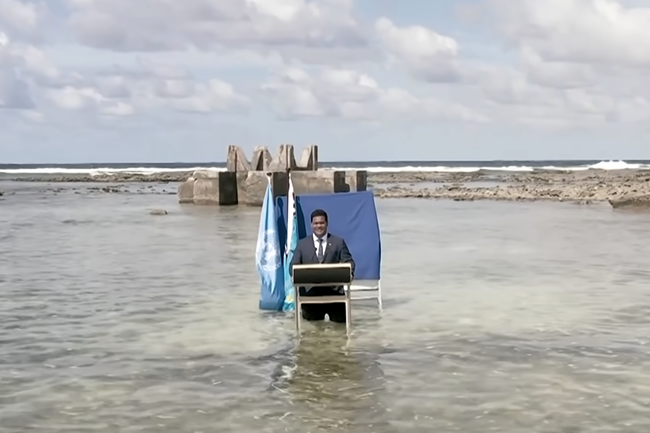An initiative of Climate Action Network (CAN) Europe calls for a 100% renewable energy system by 2040 (heat, transport and industry) and 100% renewable electricity by 2035.
The initiative launched in October, right before COP26, calls for a fair and sustainable transition to a 100% renewable energy system, specifically contributing to accelerating solar and wind deployment at the pace and scale required by the climate crisis. It asks policy makers both at EU and national levels to take bold and forward-looking actions to build a prosperous and sustainable energy future for everyone.
The transition of our energy system will need to stand on three legs 1. Strong action to substantially reduce the amount of energy we consume; 2. A rapid phase-out of all fossil fuels; 3. A massive increase in sustainable renewable energy to fully cover the remaining energy demand. It can and must address environmental and social goals at the same time. A fully renewable and fair energy future will unlock a healthier environment while creating local jobs. It would also ensure greater self-sufficiency and alleviate energy poverty, thus avoiding a future energy crisis.
Europe’s potential for renewable energy is massive and mostly untapped. A large number of energy scenarios show that Europe has abundant renewable energy potential. Civil society’s Paris Agreement Compatible scenario (PAC) shows it is possible to achieve a 100% renewable energy system by 2040 with proven technologies and available solutions. In this scenario, Europe will significantly improve energy efficiency and phase out coal by 2030, fossil gas by 2035 and the use of bioenergy will decline sharply. Solar and wind will power our future energy system with the support of flexibility solutions to ensure a stable supply.
Alongside energy savings, renewable electricity will enable and drive decarbonisation across all sectors, from buildings to industry and transport. The direct use of renewable electricity is the fastest and most efficient way to achieve a fully renewable energy system. The EU should therefore speed up the transition of our electricity supply to a 100% renewable power system by 2035, thereby making renewable electricity the dominating energy carrier across all sectors.
The transition from dirty fossil fuels to renewable electricity is still too slow. On 26 October, the European Commission published its 2021 state of the energy union report which showed that renewables became the primary energy source in 2020, generating 38% of the bloc’s electricity needs, and only half of this by wind and solar, while fossil fuelled generation stood for 37%. The report also highlighted that some member states, notably France and Poland, appear at risk of failing to achieve their national binding targets without making use of statistical transfers. In other words transfers that allow EU countries to fulfil their commitments towards the EU’s 2030 renewable target by paying countries who have exceeded their national targets.
Nevertheless, renewable electricity generation needs to increase five-fold from 2020 to 2040 for a fully renewable energy system. In concrete terms, for solar and wind energy, this means at least quadrupling the capacities that are installed every year in the EU compared to the past decade. Europe has the potential, the knowledge, the capital and the popular support for this far-reaching transition.
When it comes to people’s support, a new survey of 10,000 citizens by pollster YouGov, commissioned by the European Climate Foundation (ECF), showed that 62% of respondents would support an onshore wind farm being built near to where they live. The number for offshore wind was almost as high, differing by one percentage point, while public acceptance of solar installations appears to be noticeably higher: rooftop panels resulted in 81% and panels in fields got 73%. The ECF noted that 86% of respondents supported the development of at least one of the four categories of onshore and offshore wind, rooftop solar or solar arrays.
The transition towards a 100% renewable energy system needs to be done with respect for social and environmental complexities. Ensuring that people are active participants and benefit from it, in particular vulnerable and low-income households, is vital to fight inequalities. The benefits of solar and wind can be enjoyed by everyone with the right policies and measures, adequate funding and sound procedures alongside inclusive planning and governance. Additionally, boosted renewable energy deployment must be accomplished with respect for biodiversity. To minimise the negative environmental effects and enable synergies with nature conservation, good governance is vital. Measures in the form of dialogue and public involvement, proper spatial planning, and applying circular design principles will promote this outcome.
As part of its campaign, CAN Europe has gathered stories of local initiatives driving the transition;
- The Parc des Grands Causses – a 100% renewable energy territory by 2023. Parc Naturel Régional des Grands Causses, in southern France, combines energy ambition and local development. After 15 years of voluntarist policy on the control of consumption and the development of renewable energies, the Parc des Grands Causses is building the energy and financial autonomy of the territory, by federating public and private actors. The objective is to become a “positive energy / 100% renewable energy” territory by 2023.
- Offshore wind and biodiversity. The Belgian Offshore Platform, an association of investors and owners of wind farms and 4Sea, a coalition of environmental organisations, will work together for the development of wind energy in the Belgian part of the North Sea to benefit both nature and climate. Based in part on the findings of more than 10 years of scientific research on existing wind farms (WinMon.BE 2020), they are convinced that further development of offshore wind energy can go hand in hand with the protection of the marine environment and marine biodiversity, provided that one starts from the biodiversity or other natural habitats to be protected.
- Former polluter site, now a home of the first solar park in N. Macedonia: N. Macedonia is showing the transition to renewable and clean energy in the Western Balkans is indeed possible. In 2022, former coal deposits and the related coal-fired thermal power plant in Oslomej will be covered with a 10 megawatt photovoltaic power plant, the first of its kind in North Macedonia. It will provide annual production of 15–17 gigawatt-hours, sufficient for the needs of 2800 households, create at least 100 new jobs and enable the recultivation of the former coal mining land. CAN Europe’s member Ekosvest has been active in influencing the just energy transition in the Kicevo region, which even though pioneering, could motivate further action, especially in similar coal regions.
- The coal to clean switch in two years in Greece’s lignite regions. For years Greece was the third-largest lignite producer in Europe. In late 2019 the Greek government and the Public Power Corporation (PPC), announced that all existing lignite power plants will retire by 2023, while the last plant (Ptolemaida V) will cease to burn lignite by 2028. In April 2021, PPC effectively moved the phase out date three years earlier by declaring that it will convert Ptolemaida V to a different technology by 2025. PPC is also planning on installing a total PV capacity of over 2.5 GW by 2024 in the vast lignite mine fields, and offering a 5% share to local citizens. Thus, in the space of two years, PPC has gone from business as usual, to ending lignite burning by 2025 and shifting to renewables.
Emilia Samuelsson
Based on CAN Europe’s Campaign

